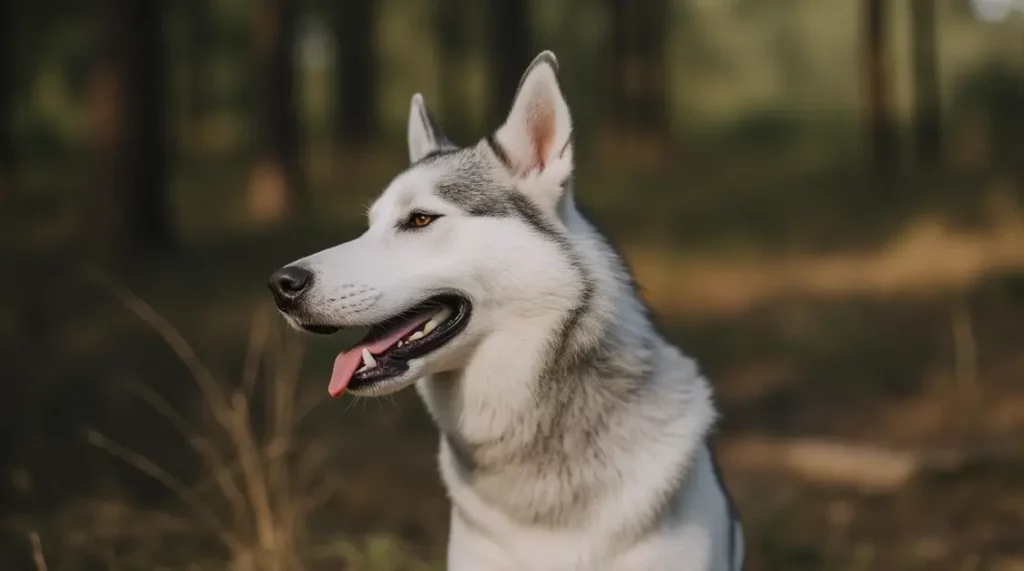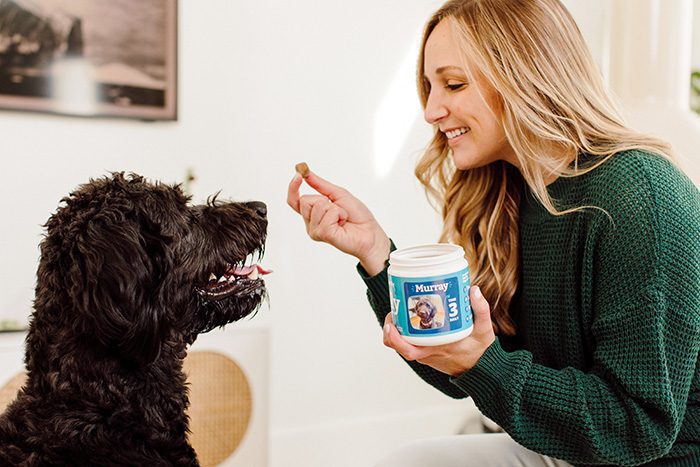The Siberian Husky is a breed that captures the imagination with its wolf-like appearance and captivating blue eyes. But beneath that striking exterior lies a rich history and a complex personality. This comprehensive guide will explore everything you need to know about Siberian Huskies, from their origins in the Arctic to the essential care they need to thrive as beloved companions.
The History of the Siberian Husky
Origins in Siberia
The Siberian Husky’s story begins in the frigid landscapes of Northeast Asia, where they were developed by the Chukchi people of Siberia. These nomadic people relied on Siberian Huskies for survival, using them to pull sleds, hunt, and provide companionship. For over 3,000 years, Siberian Huskies have shared a deep connection with humans, enduring harsh conditions and forming unbreakable bonds with their families. Huskies were so integrated into Chukchi family life that they often slept with children, providing warmth in the unforgiving Siberian winters.

Siberian Huskies Become Heroes
The Siberian Husky’s journey from the Siberian Arctic to the world stage is marked by a heroic tale: the 1925 serum run to Nome, Alaska. Diphtheria had broken out in the remote town, and a relay of mushers and their sled dogs was the only hope of delivering the life-saving antitoxin. While Balto is often remembered for the final leg of the journey, it was Togo, a Siberian Husky owned by musher Leonhard Seppala, who covered the longest and most dangerous stretch. Togo’s courage and endurance made him a legend, and he later became a foundation dog for the Siberian Husky breed in America.
From Working Dogs to Beloved Companions
Today, the Siberian Husky remains a popular choice for both sled dog racing and companionship. While many still work in their traditional roles, the majority of Siberian Huskies enjoy life as beloved family members. Their striking looks, friendly personalities, and playful nature have made them one of the most recognizable and admired dog breeds worldwide.
Siberian Husky Appearance and Characteristics
One look at a Siberian Husky and it’s easy to understand why they are often mistaken for wolves. Their thick double coats, erect ears, and piercing gaze give them a wild, almost mystical appearance. These coats, designed to withstand temperatures as low as -76°F, come in a variety of colors and markings, including black, white, gray, red, and sable. This diversity, along with unique facial masks and often blue eyes, adds to the Siberian Husky’s allure.
Piercing Eyes and Expressive Features
The Siberian Husky’s eyes are perhaps their most captivating feature. Almond-shaped and set slightly obliquely, they can be brown, blue, or even a combination of both, a phenomenon known as heterochromia. These expressive eyes, along with their curled, heavily furred tails, give Siberian Huskies a range of communicative expressions, from playful to alert and even mischievous.
Temperament and Personality
Friendly and Outgoing
Siberian Huskies are known for their friendly and outgoing personalities. They generally love people, including children, and are often eager to greet strangers with a wagging tail. However, their affectionate nature means they are not the best guard dogs, as they are more likely to welcome an intruder than to sound an alarm.
Independent and Intelligent
While Siberian Huskies are intelligent and capable of learning complex commands, their independent nature can make training a challenge. They are known for being stubborn and easily distracted, especially when they’d rather be running or exploring.
Early socialization and consistent, positive reinforcement training are crucial for a well-behaved Siberian Husky. Harsh methods can be counterproductive, potentially damaging the bond you share with your Husky. Remember, patience and understanding are key.
A Pack Mentality
Siberian Huskies have a strong pack mentality, originating from their history of working and living in groups. This makes early socialization with other dogs incredibly important. Exposing them to a variety of dogs and environments from a young age can help prevent fear or aggression later in life.
While generally good with other dogs, their strong prey drive, honed from their hunting heritage, means caution is needed around smaller pets like cats or rabbits. Early socialization and training are key to a peaceful multi-pet household.

Essential Siberian Husky Care
Exercise Requirements and Activities for Siberian Huskies
Siberian Huskies are bred for endurance, and they need plenty of exercise to stay happy and healthy. Aim for at least 40 minutes of vigorous activity daily, such as running, hiking, or playing fetch. Without sufficient exercise, Huskies can become bored, destructive, and prone to excessive howling.
Their love for running makes them excellent jogging companions, but be mindful of hot weather, as their thick coats make them susceptible to overheating. They also excel in dog sports like sledding, skijoring, and agility, providing outlets for their energy and athleticism.
Grooming Tips for a Heavy Shedder
That gorgeous double coat comes with a price: heavy shedding. Siberian Huskies are known to “blow” their undercoats twice a year, during which you’ll find fur everywhere. Regular brushing, at least once a week, and daily during shedding season, is essential to manage the fur and keep your Husky’s coat healthy.
While Siberian Huskies are relatively clean dogs and don’t often need baths, regular nail trimming and ear cleaning are essential parts of their grooming routine.
Nutrition and Diet
Siberian Huskies, despite their energy levels, are surprisingly efficient at converting food into energy. This makes them prone to weight gain if overfed or not exercised enough. A high-quality diet, tailored to their life stage and activity level, is crucial for their health and well-being.
Consult with your veterinarian to determine the best feeding schedule and amount for your Husky, taking into consideration their age, activity level, and metabolism.
Mental Enrichment and Preventing Boredom
Siberian Huskies are intelligent and curious dogs who need mental stimulation as much as physical activity. Puzzle toys, interactive games, and obedience training can help keep their minds engaged and prevent boredom. Consider teaching them tricks or enrolling them in agility classes to challenge them both physically and mentally.
Health Considerations for Siberian Husky Owners
Common Health Issues
While Siberian Huskies are generally a healthy breed, they are prone to certain genetic health conditions. These can include eye problems like cataracts and corneal dystrophy, hip dysplasia, and hypothyroidism. Responsible breeders screen their dogs for these conditions, and potential owners should be aware of the signs and symptoms.
Regular Veterinary Care
Regular veterinary check-ups are essential for maintaining your Siberian Husky’s health. Vaccinations, parasite prevention, and dental care are all crucial aspects of their well-being. Early detection of health issues can significantly improve outcomes, ensuring your Husky enjoys a long and healthy life.

Is a Siberian Husky Right for You?
Assessing Your Lifestyle
Before welcoming a Siberian Husky into your life, honestly assess whether you can meet their needs. Their high energy levels, demanding exercise requirements, and propensity for mischief require a committed and active owner. If you live in an apartment or have a busy lifestyle that doesn’t allow for ample outdoor time, a Siberian Husky may not be the right fit.
The Importance of Responsible Ownership
Siberian Huskies are often surrendered to shelters because people are unprepared for their unique needs. Owning a Siberian Husky is a responsibility that shouldn’t be taken lightly. They require time, patience, and a commitment to training and socialization. Responsible ownership includes providing a secure environment, as Siberian Huskies are notorious escape artists. A fenced yard, preferably with a fence that extends below ground, is essential to prevent them from digging out or jumping over.
Finding Your Siberian Husky
Giving a Husky a Second Chance: Why Consider Adoption
If you’re certain a Siberian Husky is right for you, consider adoption. Many wonderful Siberian Huskies end up in shelters through no fault of their own. By adopting, you not only gain a loving companion but also give a deserving dog a second chance at a happy life.
Choosing a Reputable Breeder: Prioritizing Health and Temperament
If you decide to purchase a Siberian Husky puppy, choose a reputable breeder who prioritizes the health and temperament of their dogs. A responsible breeder will:
- Screen their breeding dogs for genetic health conditions.
- Socialize their puppies from an early age.
- Provide you with health clearances and documentation.
- Be available to answer your questions and offer support.
Conclusion
The Siberian Husky is a breed with a captivating blend of beauty, intelligence, and independence. Their origins as working dogs for the Chukchi people have shaped their physical prowess and enduring spirit, making them ideal companions for active individuals and families. While their independent nature and high energy levels can be challenging, the rewards of owning a Siberian Husky are immeasurable. With proper care, training, and a deep understanding of their needs, a Siberian Husky can bring years of joy, adventure, and unwavering loyalty to your life.



